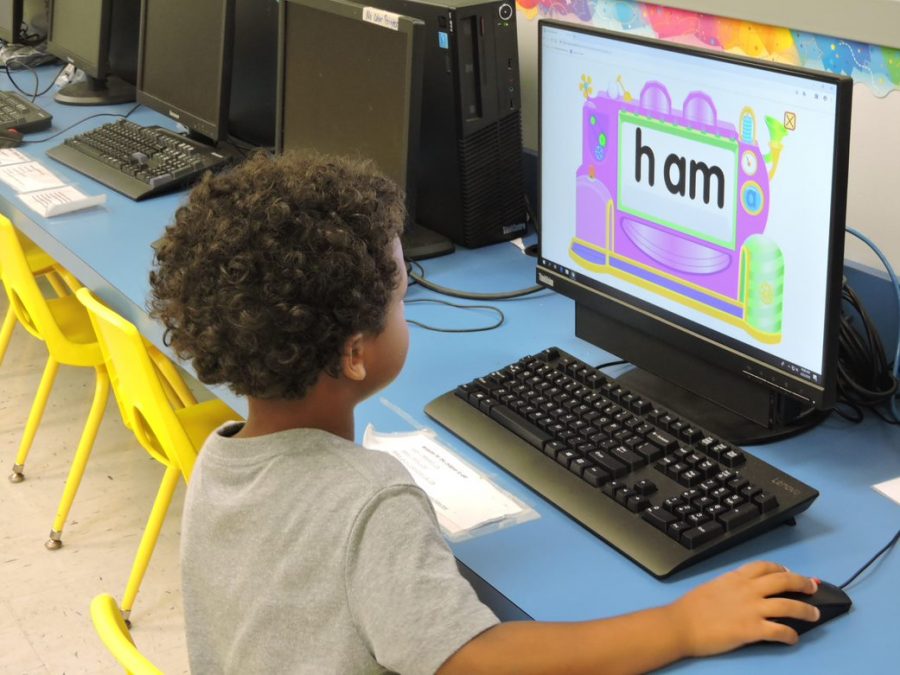The New Childhood Toys
One of Ms.Batts Little Broward students, behind a monitor playing an educational Language Arts program.
May 23, 2019
Ever since she was young, Kalea Maglione, 15, has always been an outside girl. Playing hide and seek with her brothers, or working on her father’s garden. Even though she could use her brother’s computer, iPad or cellphone, she didn’t consider them an entertainment alternative. Today, these are items she simply can’t live without.
“Yeah I basically do everything on my phone and computer if I’m being honest,” said the SBHS freshman, “I usually text my friends, catch up on trends and do most of my homework.”
Maglione is one among the millions of U.S teens that now rely on technology for almost everything. According to a 2010 survey by the Kaiser Family Foundation, twice as many children have cell phones now as in 2004. The study also found that 85% of those aged 14 to 17 have cell phones.
When Maglione and her peers were born, the iPhone hadn’t come out yet, nor the iPad or Android phones, so there were fewer screens to look at. But now, iPads and the similar are regularly used to entertain children as young as two years old. And an even bigger problem is that children starting at eight years old spend up to two hours and 19 minutes behind a screen every single day.
New guidelines enforced by the World Health Organization have stated that infants under one year old should not be exposed to electronic screens and that children between the ages of two and four should not have more than one hour of “sedentary screen time” each day.
However, evidence to actually conclude the fact that technology can hurt a child’s developing brain has not been one hundred percent confirmed.
Specialists at the University Of California compared and contrasted different children’s brain scans with different screen time amounts and reading tests. Their results were a “mixed bag”, concluding that the diversity of findings provided an important public health message, but fell short of saying that screen media activity is bad for the brain or bad for brain-related functioning.
Here at SBHS, technology is incorporated through the use of computers in classrooms including Little Broward. A daycare program provided to the public lead by child specialist Ms.Batts with children aged 3 to 5 years old.
“Some kids try to get the high schoolers phone to see if there is some type of game there,” said Ms. Batts, “This points that their parents give them their cell phones for the kids to use at home, but we do not allow it.”



